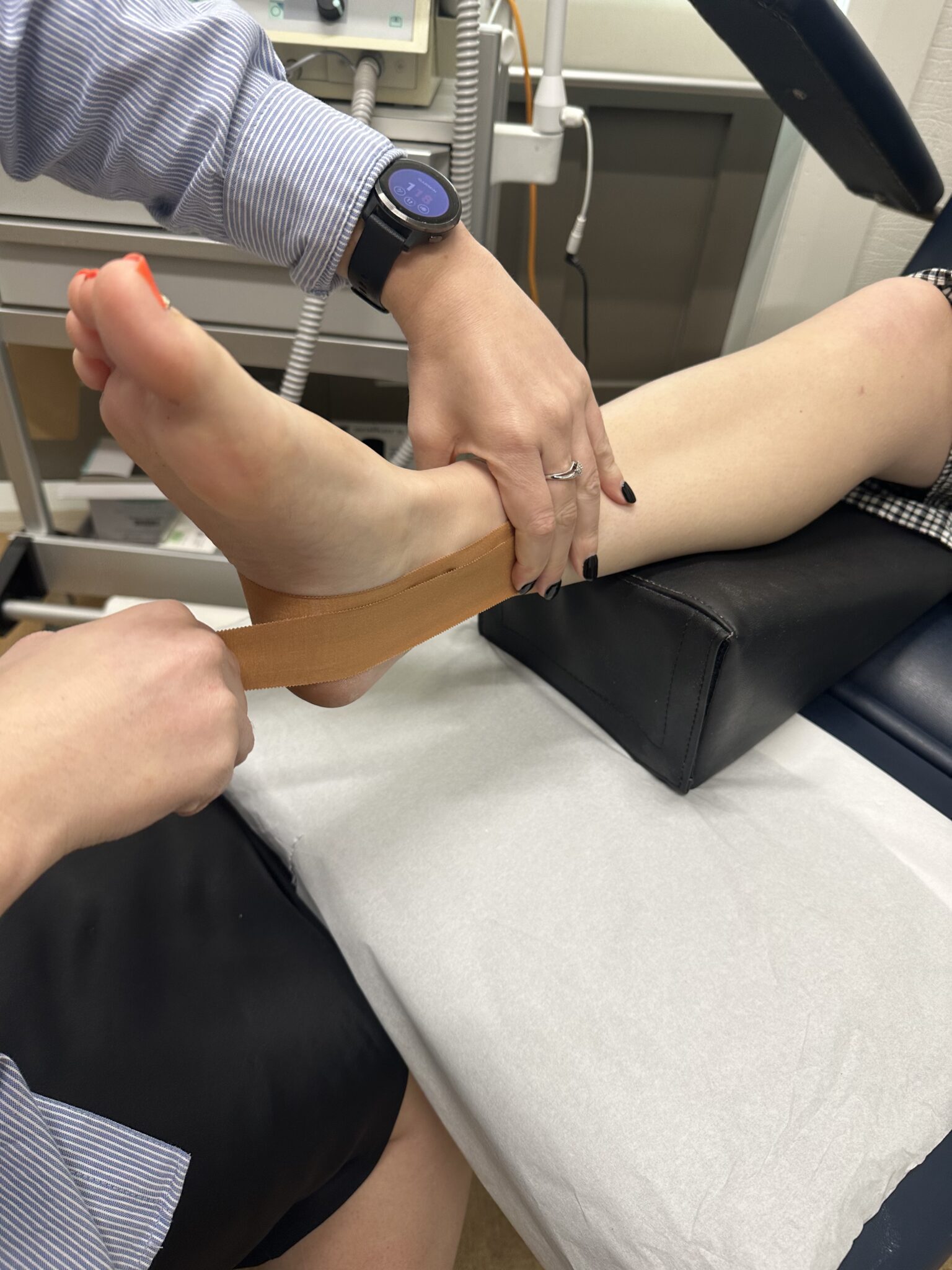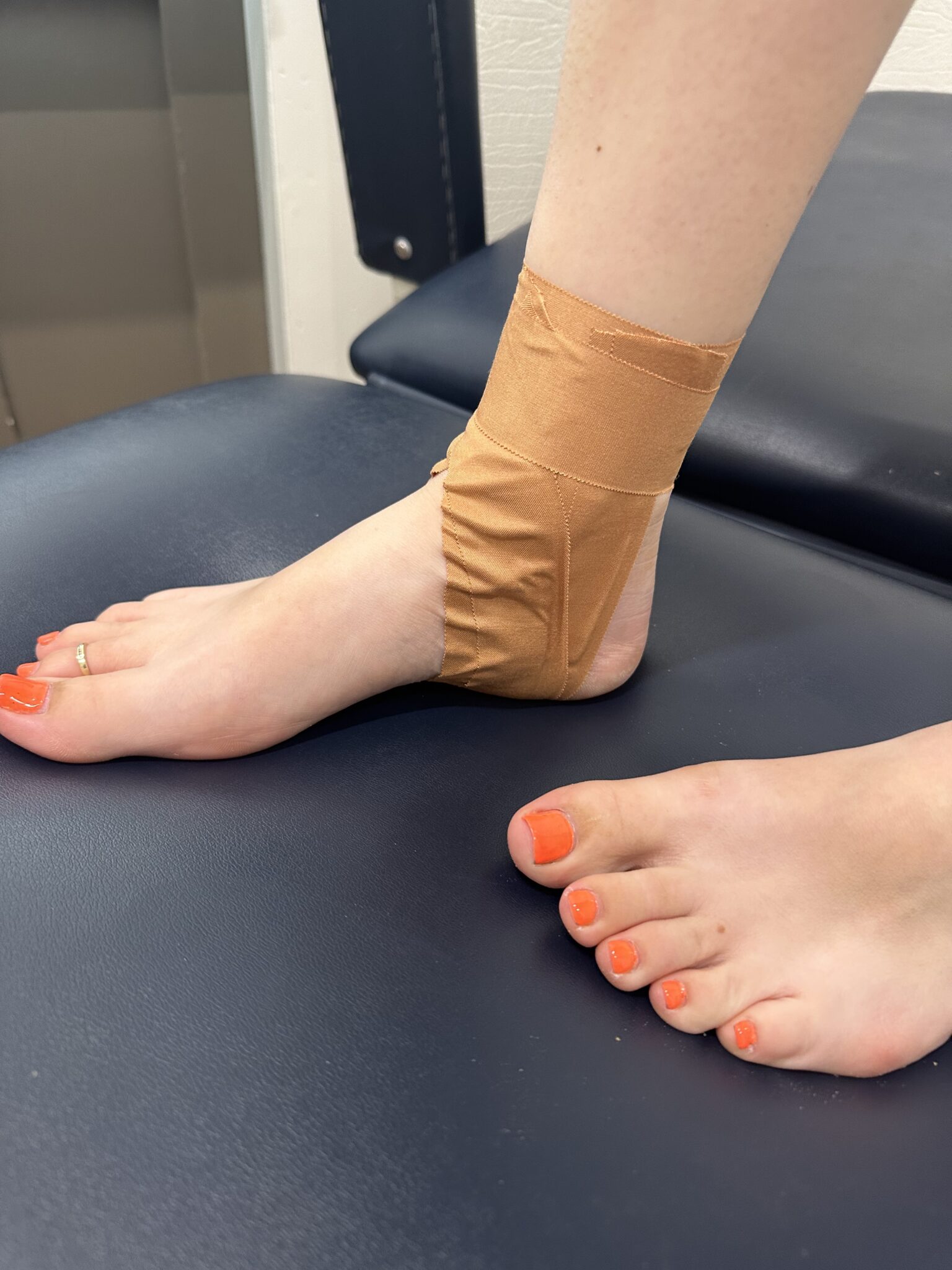Breaking Free from Plantar Fasciitis: Discover the Best Treatment Options
What is Plantar Faciitis?
At the start of your day or standing after a long period of rest, do you suffer from a stabbing pain near the heel? You might have Plantar Fasciitis. Plantar Fasciitis is caused by the inflammation and pain of the Plantar Fascia ligament. When the Plantar Fascia muscle is over activated by exercise or repetitive movements it can cause pain in the heel.
Treatment options for Plantar Faciitis?
There are a few different pathways someone suffering from Plantar Fasciitis pain could approach. In a study about pain from Plantar Fasciitis, the British Medicine Journal reported that non-pharmaceutical solutions improved short term pain management for acute, subacute and chronic pain. However, there were no significant findings for long term management or pharmaceutical solutions. The therapies the BMJ reported as significant were:
Orthotics
Customised orthotics had moderate evidence that affirmed that it was one of the main therapies that “improved pain intensity”. While getting orthotic insoles to put into your favourite shoes can make your existing shoes more comfortable, there are also options for types of shoes that come built in with the desirable support for the heel.
Taping
Along with orthotics, the other main therapy for plantar fasciitis is Taping. Taping can act as a support for the muscles and ligaments, allowing them to decrease ligament activation when pain occurs because of Plantar Fasciitis. A study from the United States National Library of Medicine determined that low dye taping and calcaneal taping are optimal to rest the Plantar Fascia ligament.


Other Non-Pharmacological Therapies:
Extracorporeal Shockwave
Although this form of therapy was not specifically mentioned in the conclusion of the BMJ report, it is an option for those suffering from pain from Plantar Fasciitis. Shockwave therapy for Plantar Fasciitis would deliver a low-shock or high-shock to the inflamed Plantar Fascia to generate a microtrauma that would encourage healing of that area and reduce pain from inflammation.
Stretching
This is the most accessible therapy for Plantar Fasciitis, and easy to incorporate into your routine today. Although the results vary from patient to patient, stretching could lessen some of the stress on the Plantar Fascia muscle. Here are some stretches to try today.
Stretches from Healthline
Stretches from Healthy Doctor
Still in Pain?
Are you are feeling like you have tried everything but are still in pain?
Do you feel like you have seen every health practitioner you can about your Plantar Fasciitis?
We have a track record of diagnosing and successfully treating cases that have previously proven difficult to resolve and we’d love to help you get back on your feet doing what you love.

